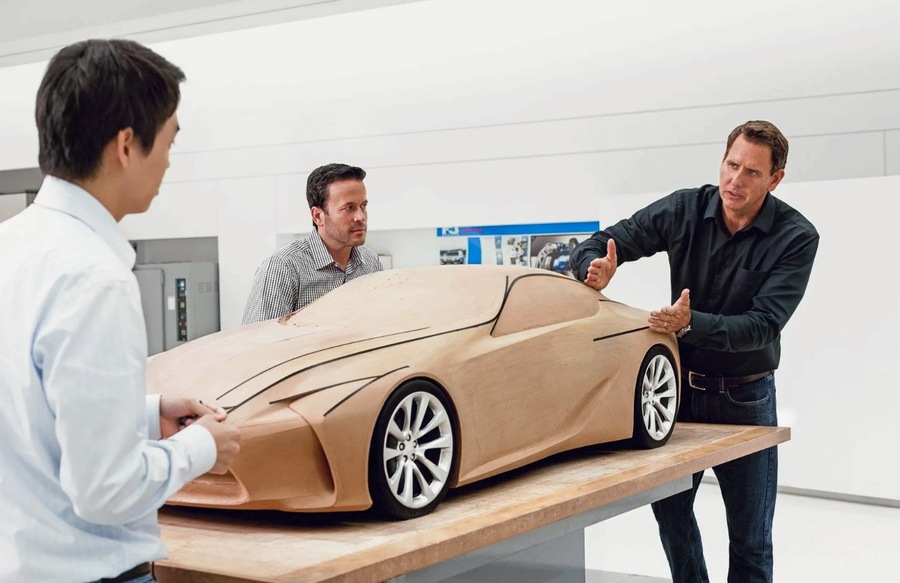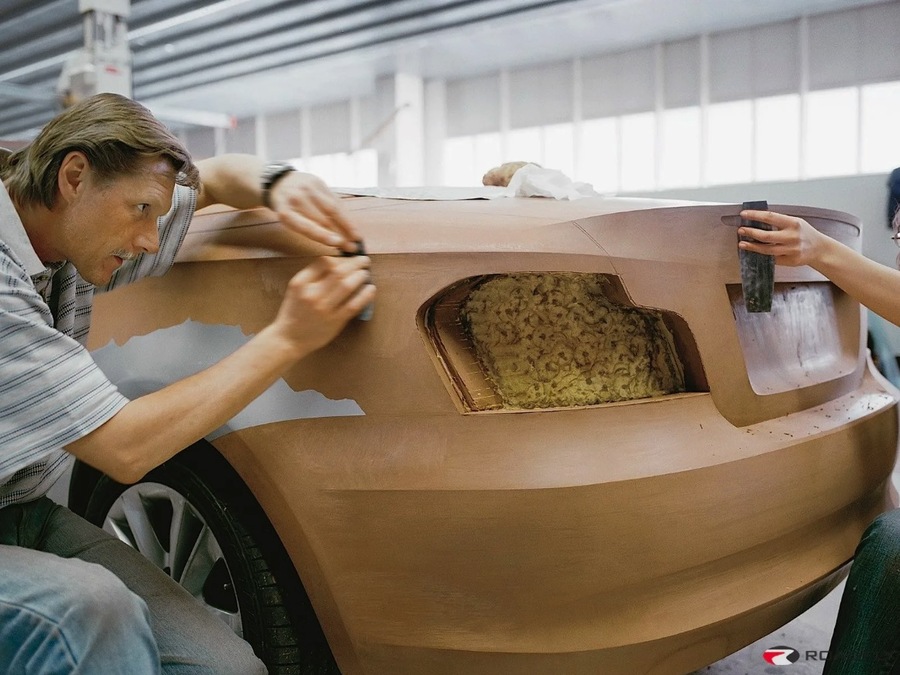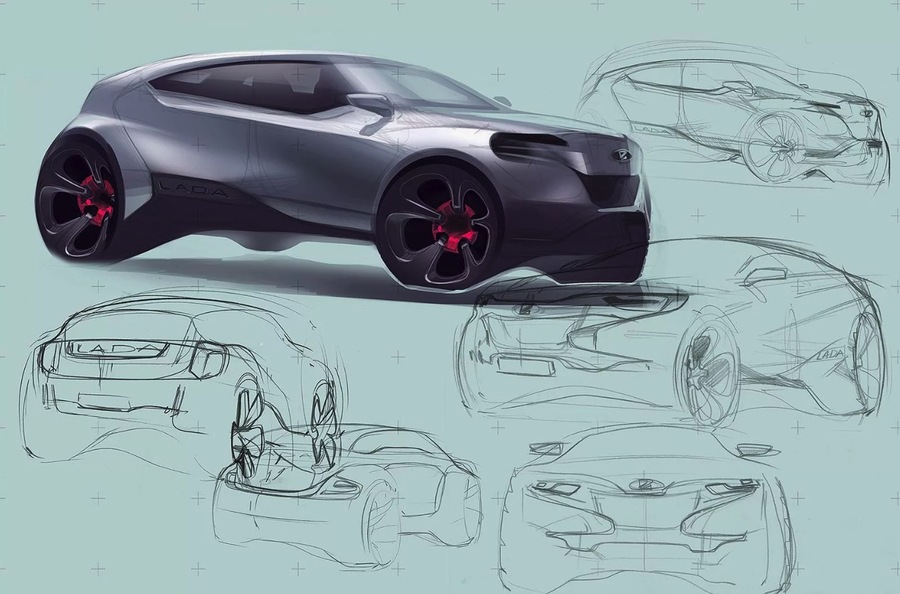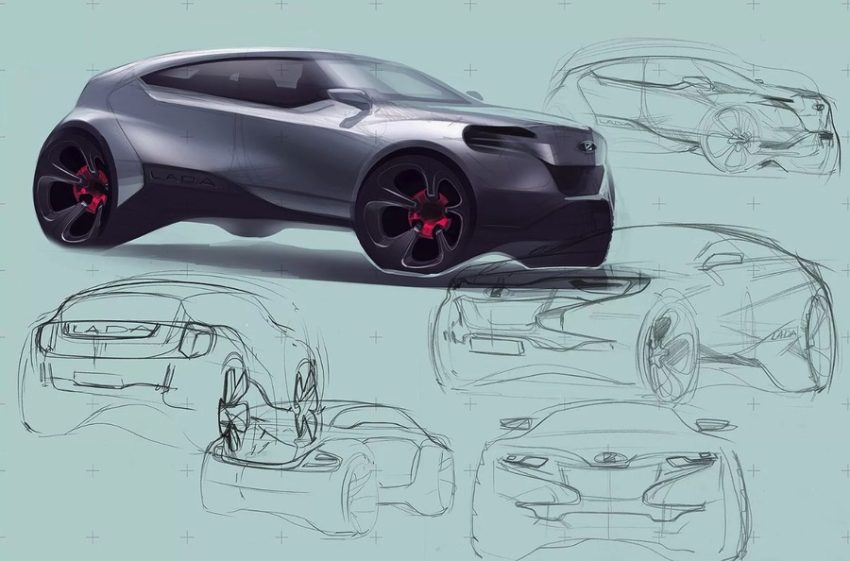The exterior of a car is the first thing consumers see, making an immediate impression that can evoke positive emotions and attract attention. A well-designed and visually appealing car can significantly influence a buyer’s decision, as it conveys the brand’s identity, quality, and desirability. Car design is not merely about aesthetics; it also involves functionality, practicality, and emotional appeal. This article delves into the multifaceted world of car design, exploring its main aspects, objectives, famous designers, and the comprehensive process from conception to realization. For those interested in experiencing different car designs firsthand, you can rent a car Dubai to explore a variety of models and styles.
What is Car Design?
Car design is a complex and creative process that involves developing the visual appearance and functionality of a vehicle. It is divided into three main aspects:
- Exterior Design: This aspect focuses on the outer shape and features of the car, including its body lines, proportions, and overall aesthetics. Exterior design is crucial for creating an appealing and distinctive look that attracts customers and reflects the brand’s identity.
- Interior Design: This involves designing the car’s interior space, including the dashboard, seats, controls, and overall layout. Interior design aims to provide comfort, functionality, and an enjoyable driving experience while ensuring that all elements are ergonomically placed and easy to use.
- Color and Trim Design: This aspect focuses on the selection of colors, materials, and finishes used both inside and outside the car. It involves choosing the right combination of paint, fabrics, and textures to enhance the vehicle’s aesthetic appeal and align with the brand’s image.
Objectives of Car Design
Car design aims to achieve several key objectives:
– Functional: Ensuring that the vehicle performs well, is safe, and meets all regulatory standards. Functional design also includes considerations for aerodynamics, fuel efficiency, and ease of manufacturing.
– Aesthetic: Creating a visually appealing vehicle that stands out in the market. Aesthetic design involves harmonious proportions, attractive lines, and a cohesive overall look that reflects the brand’s identity and appeals to consumers.

Famous Car Designers and Their Best Works
Giorgetto Giugiaro
Giorgetto Giugiaro is an Italian car designer known for his innovative and timeless designs. He has worked on some of the most iconic cars in automotive history, including:
– Volkswagen Golf: Launched in 1974, the Golf’s design was revolutionary for its time, featuring a simple yet modern aesthetic that has remained popular for decades.
– DeLorean DMC-12: Famous for its role in the “Back to the Future” movies, the DeLorean’s futuristic design, with its gull-wing doors and stainless steel body, remains iconic.
Ian Callum
Ian Callum is a British car designer renowned for his work with Jaguar. His notable designs include:
– Jaguar F-Type: Launched in 2013, the F-Type’s sleek and aggressive design helped re-establish Jaguar’s reputation for producing beautiful sports cars.
– Aston Martin DB9: Known for its elegance and performance, the DB9 is considered one of the most beautiful cars ever made.
Steve Mattin
Steve Mattin is a British designer who has worked with Mercedes-Benz and Volvo. His notable works include:
– Mercedes-Benz M-Class: As one of the pioneers of luxury SUVs, the M-Class combined robust off-road capability with premium comfort.
– Volvo XC60: The XC60’s design reflects Volvo’s focus on safety and Scandinavian aesthetics, making it a popular choice among luxury SUV buyers.
Jean-Pierre Ploué
Jean-Pierre Ploué is a French designer known for his work with Citroën and PSA Group. His notable designs include:
– Citroën C4 Cactus: The C4 Cactus’s unique and quirky design, with its distinctive Airbumps, showcases Ploué’s ability to push the boundaries of conventional car design.
– Peugeot 3008: The 3008’s transformation from an MPV to an SUV, with a bold and stylish design, has been widely praised.
Walter de Silva
Walter de Silva is an Italian designer who has worked with Alfa Romeo, SEAT, and Audi. His notable works include:
– Audi R8: Launched in 2006, the R8’s design combines performance and luxury, making it an iconic sports car.
– Alfa Romeo 156: The 156’s elegant design, introduced in 1997, played a significant role in revitalizing the Alfa Romeo brand.
Edward T. Welburn
Edward T. Welburn is an American designer who served as General Motors’ Vice President of Global Design. His notable works include:
– Chevrolet Camaro: The fifth-generation Camaro’s retro-modern design, launched in 2010, captured the spirit of the classic muscle car while introducing modern elements.
– Cadillac CTS: The CTS’s sharp and angular design helped redefine Cadillac’s image as a maker of sporty and luxurious vehicles.
Adrian van Hooydonk
Adrian van Hooydonk is a Dutch designer and the current head of BMW Group Design. His notable works include:
– BMW i8: The i8’s futuristic design, with its aerodynamic lines and scissor doors, reflects BMW’s vision of sustainable performance.
– BMW 7 Series: The flagship sedan’s design combines luxury and technology, showcasing the brand’s commitment to innovation.
Peter Schreyer
Peter Schreyer is a German designer known for his work with Audi and Kia. His notable designs include:
– Audi TT: The TT’s iconic design, introduced in 1998, remains a symbol of modern automotive design.
– Kia Stinger: The Stinger’s aggressive and stylish design has helped elevate Kia’s image in the performance sedan segment.
Importance of Automotive Design
Automotive design is important for several reasons:
- First Impression: The exterior design of a car creates the first impression, attracting potential buyers and conveying the vehicle’s character.
- Brand Identity: Design elements help establish and reinforce a brand’s identity, making it recognizable and memorable.
- Perceived Quality: High-quality design can enhance the perceived value of a vehicle, influencing customer perceptions and satisfaction.
- Emotional Appeal: A well-designed car can evoke strong emotional responses, creating a connection between the vehicle and the buyer.
- Functionality and Practicality: Good design ensures that the vehicle is not only beautiful but also functional and practical, providing comfort, safety, and convenience.

The Automotive Design Process
The automotive design process is a comprehensive journey that involves several stages, from initial concept to final production. Here’s an overview of this intricate process:
Concept Development
The design process begins with brainstorming and conceptualization. Designers, engineers, and market analysts collaborate to identify trends, consumer preferences, and technological advancements. Sketches, 3D models, and digital renderings are created to visualize initial ideas. This stage is crucial for setting the direction and vision for the new vehicle.
Design Refinement
Once initial concepts are approved, designers refine their ideas, focusing on details and proportions. Advanced computer-aided design (CAD) software is used to create detailed digital models. These models are reviewed and adjusted based on feedback from various stakeholders, including engineers, marketers, and potential customers.
Clay Modeling
To translate digital designs into physical form, full-scale clay models are created. These models allow designers to explore and refine the vehicle’s proportions, surfaces, and details in a tangible way. Clay modeling is an iterative process, with continuous adjustments and refinements made to achieve the desired look and feel.
Engineering and Feasibility
Engineers work closely with designers to ensure that the design is feasible and meets all technical requirements. This stage involves detailed analysis of aerodynamics, structural integrity, and manufacturability. Prototypes are built and tested to validate the design and make necessary adjustments.
Color and Trim Selection
Simultaneously, the color and trim design team selects the materials, colors, and finishes for both the exterior and interior. This involves choosing paint colors, upholstery fabrics, dashboard materials, and other elements that enhance the vehicle’s aesthetic appeal and align with the brand’s identity.
Virtual and Physical Prototyping
Advanced virtual reality (VR) tools are used to create immersive experiences, allowing designers and stakeholders to interact with the virtual model in a realistic environment. Physical prototypes are also built to test the design’s functionality, ergonomics, and overall user experience. These prototypes undergo rigorous testing to ensure they meet all safety and performance standards.
Final Design Approval
After extensive testing and refinement, the final design is approved. This includes finalizing all details, from exterior surfaces to interior materials. The approved design is then documented and handed over to the manufacturing team for production planning.
Production and Launch
The final stage involves preparing for mass production. Manufacturing processes are optimized, and tooling is created for production lines. The vehicle is then launched, with marketing and sales teams working to introduce it to the market. Post-launch, feedback from customers and market performance is closely monitored to inform future design improvements.
Conclusion
Car design is a complex and multifaceted process that combines creativity, engineering, and market insight. It plays a crucial role in shaping the identity, appeal, and functionality of a vehicle. From the visionary concepts of renowned designers like Giorgetto Giugiaro and Ian Callum to the meticulous process of bringing a design to life, automotive design continues to push the boundaries of innovation and aesthetics. Whether it’s the iconic lines of a classic sports car or the cutting-edge design of a modern electric vehicle, car design is an art form that leaves a lasting impression on consumers and the industry alike.

Basketball fan, vegan, drummer, International Swiss style practitioner and holistic designer. Producing at the sweet spot between beauty and programing to craft an inspiring, compelling and authentic brand narrative. I’m a designer and this is my work.

